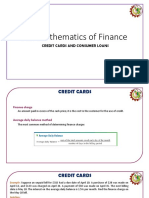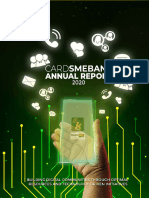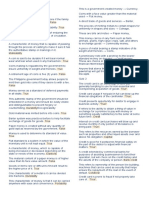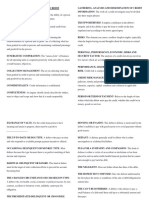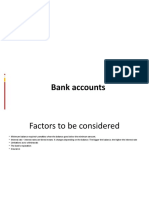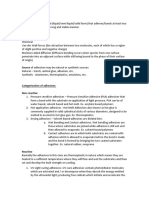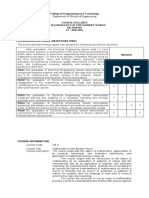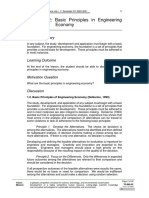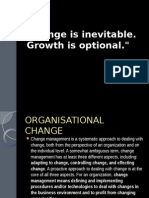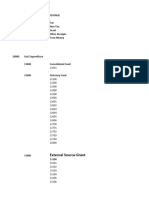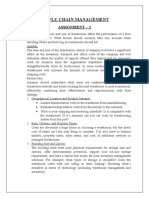0% found this document useful (0 votes)
194 views41 pagesModule 6B Credit
This document discusses various types of credit and consumer loans. It begins by defining what credit is and discussing the history and regulation of credit reporting in the United States. It then focuses on credit in the Philippines, providing statistics on consumer credit. The rest of the document details different types of credit (e.g. credit cards, loans, student loans), how to establish and maintain good credit, costs associated with credit use, and risks of misusing credit.
Uploaded by
Lorejhen VillanuevaCopyright
© © All Rights Reserved
We take content rights seriously. If you suspect this is your content, claim it here.
Available Formats
Download as PPT, PDF, TXT or read online on Scribd
0% found this document useful (0 votes)
194 views41 pagesModule 6B Credit
This document discusses various types of credit and consumer loans. It begins by defining what credit is and discussing the history and regulation of credit reporting in the United States. It then focuses on credit in the Philippines, providing statistics on consumer credit. The rest of the document details different types of credit (e.g. credit cards, loans, student loans), how to establish and maintain good credit, costs associated with credit use, and risks of misusing credit.
Uploaded by
Lorejhen VillanuevaCopyright
© © All Rights Reserved
We take content rights seriously. If you suspect this is your content, claim it here.
Available Formats
Download as PPT, PDF, TXT or read online on Scribd
/ 41


